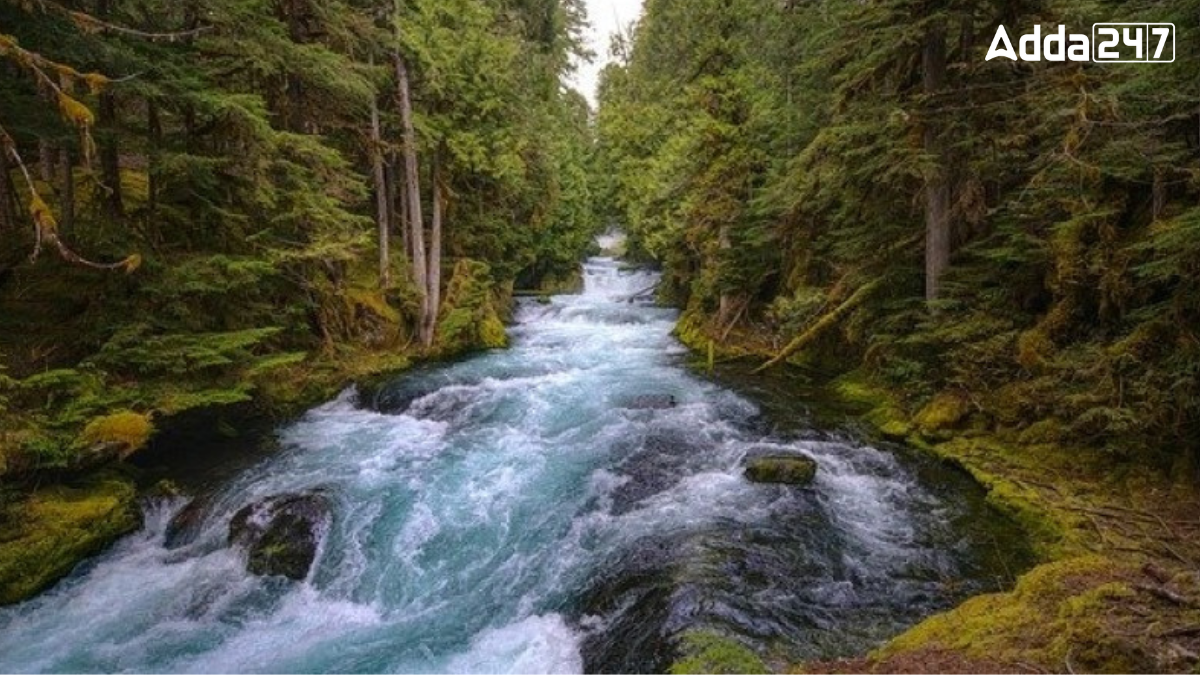Karnataka, a state rich in natural beauty and cultural heritage, is blessed with several rivers that play crucial roles in its ecosystem and economy. Among these, one river stands out as the lifeline of the state. Let’s explore more about this significant river.
Which Indian River is Known as “Lifeline of Karnataka”?
The Kaveri River is known as the “Lifeline of Karnataka.” It is essential for the state’s agriculture, providing water for irrigation to vast farmlands. Originating from Talakaveri in the Western Ghats, the river supports numerous communities and industries. The Kaveri River’s waters are vital for the region’s economy and daily life, highlighting its critical importance to Karnataka.
Origin and Course of the Kaveri River
The Kaveri River begins at Talakaveri in the Western Ghats of Karnataka. From its origin, it travels southeast for about 475 miles, flowing through the states of Karnataka and Tamil Nadu, before finally reaching the Bay of Bengal. Along its journey, the river passes through various landscapes and serves numerous communities.
Tributaries of the Kaveri River
Several important tributaries contribute to the Kaveri River system. Some of these include:
- Hemavati River: Originating from the Western Ghats, it joins the Kaveri near Krishnarajasagara.
- Shimsha River: Starting at Devarayanadurga hills, it contributes to the river system.
- Arkavathy River: Flowing from Nandi Hills, it merges with the Kaveri at Kanakapura.
- Kabini River: Also known as Kabani or Kapila, it originates in Kerala and joins the Kaveri.
- Noyyal River: Originally named Kanchinadi, it merges with the Kaveri in the Erode district.
Cultural and Religious Significance of the Kaveri River
The entire course of the Kaveri River is considered sacred. It is deeply embedded in Tamil literature and culture, with many temples and religious sites situated along its banks. The river is celebrated for its beauty and its role in sustaining life and tradition.
Irrigation and Agricultural Importance of the Kaveri River
The Kaveri River is crucial for irrigation in Karnataka and Tamil Nadu. Numerous canal projects depend on its waters to irrigate agricultural lands. The river’s reliable flow supports the cultivation of various crops, contributing significantly to the region’s economy.




 Which Country is Known as the Land of Ch...
Which Country is Known as the Land of Ch...
 Which Bird is known as the King of Birds...
Which Bird is known as the King of Birds...
 Which City of Austria is Known as the Ci...
Which City of Austria is Known as the Ci...







